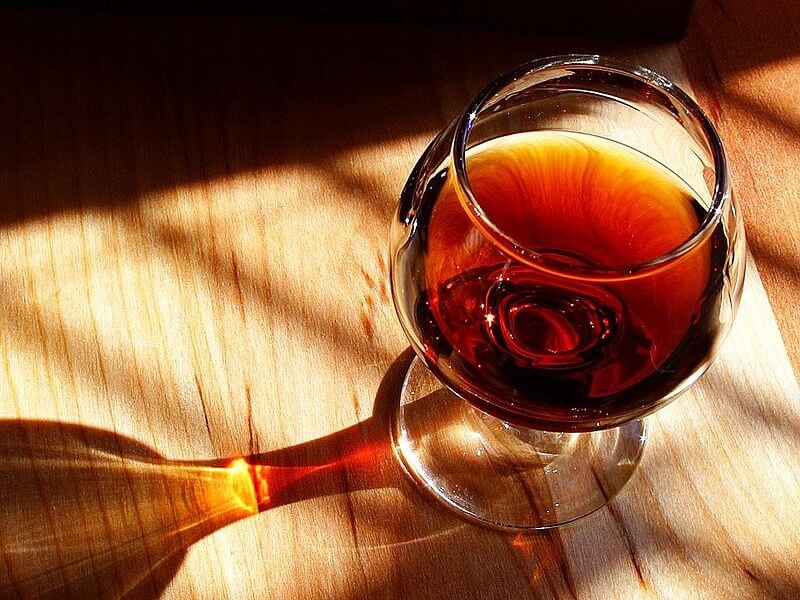The Wino's Guide to Food and Wine Pairing
Food is good. Wine is better. Food and wine are best.
But which food and wine go best together?
In this post we’ll cover the different types of wines and which foods pair best with each.
Chardonnay: A full-bodied white wine, Chardonnay grows best in the Burgundy region of France (its original home), California and Australia. The taste differs on location: French Chardonnays tend to be citrusy, while California Chardonnays carry strong vanilla notes due to aging in oak barrels.
Pairs with: poultry, fish (notably shellfish and halibut), mild, creamy cheese and any dishes with rich, butter or cream based sauces.
Sauvignon Blanc: Lighter than Chardonnay, this white wine hails from the Bordeaux region of France. Like Chardonnay, however, this varietal’s flavor varies widely based on location. French versions have strong herbal notes (eucalyptus is common) while New Zealand varieties have tropical flavors (e.g. melon and/or mango).
Pairs with: lower fat meats (oysters, clams, flaky white fish, chicken breasts, veal); herbal Sauvignon Blancs also pair well with bell peppers, olives, spinach and other leafy greens.
Riesling: Originally from the Rhine region of Germany, Riesling is a highly acidic wine and can be anywhere from bone dry to super sweet. It is seldom aged in oak.
Pairs with: lighter Rieslings go well light raw or lightly cooked fish; more full bodied Rieslings pair nicely with seafood, chicken and Asian food.
Sparkling wine: Most (but not all) sparkling wines are white in color, which is why they’re included here. Sparkling wine is usually a combination of Chardonnay and two red grapes - Pinot Noir and Pinot Meunier – in a limited quantity.
Pairs with: Foie gras, caviar, oysters, fruit, mild cheese and eggs.
Gamay: One of the lightest red wines available, Gamay is very low in tannins and possesses high acidity. It’s a popular wine in France and – while you can usually find a few in your local grocery store – it’s not hugely popular in North America.
Pairs with: salads, picnics and chicken.
Pinot Noir: Truly one of the world’s great varietals, Pinot Noir is tough to grow, even tougher to blend… and when done right it’s among the world’s best. Pinot has low tannins compared to Cabernet Sauvignon and tastes like cherries and/or plums. French versions tend to be more rustic, with notes of leather and soil.
Pairs with: lamb, chicken, seafood and lighter cream sauces
Merlot: Merlot’s soft texture make it an ideal wine for aspiring winos. Common flavors include black currant, cherries and plums.
Goes great with: lamb (this is classic), duck, game, pork and strong cheese.
Cabernet Sauvignon: Cabernet Sauvignon is often drunk alone (much like a George Thorogood song), but it’s also the most important grape in Bordeaux blends.
Its high level of tannins make it ideal for aging – many Cabernets can age up to ten years or more. As it gets older, the wine loses its fruit flavors and is replaced with a subtle earthiness. Its color also changes from reddish purple to a slightly rusty hue.
Goes great with: beef, pork, strong cheese
Syrah/Shiraz: Syrah in the northern hemisphere, “Shiraz” in the southern… no matter what you call this varietal, it’s well known for big currant flavors and spiciness (which can often times gets confused with Zinfandels).
Pair with: beef, pork, poultry, wild game and hearty stews
Zinfandel: Originally a Croatian grape, Zinfandel has since become especially popular in Californian wines. It’s a big wine, usually high in alcohol and has hints of berries and/or spiciness.
Pair with: Beef, thick stews, pizza



 White Wine Pairings
White Wine Pairings Red Wine Pairings
Red Wine Pairings
